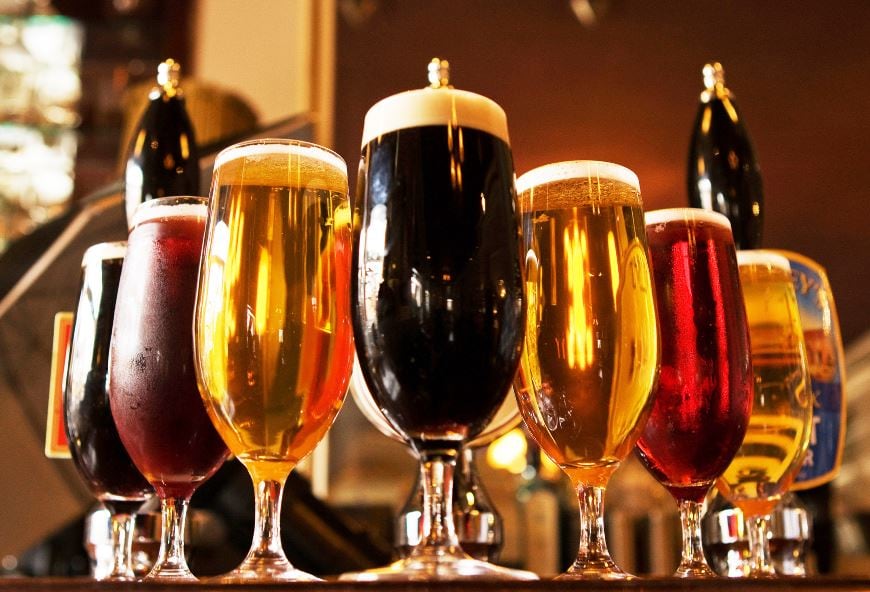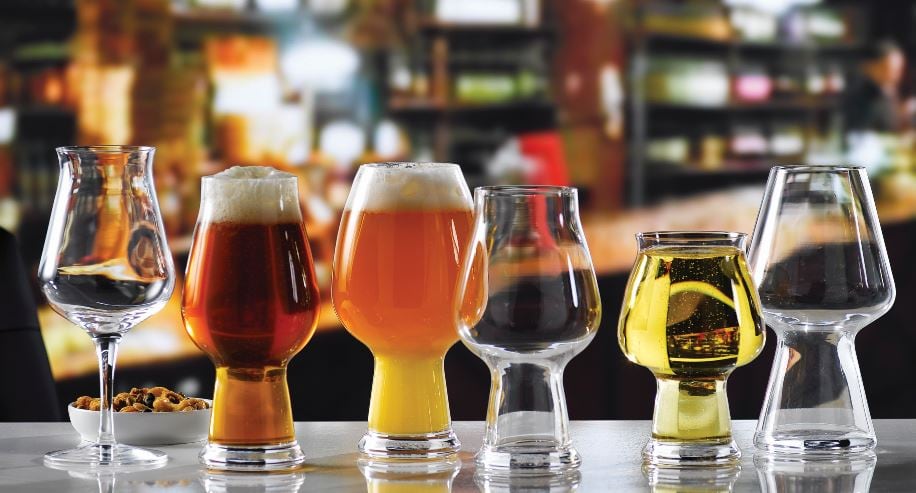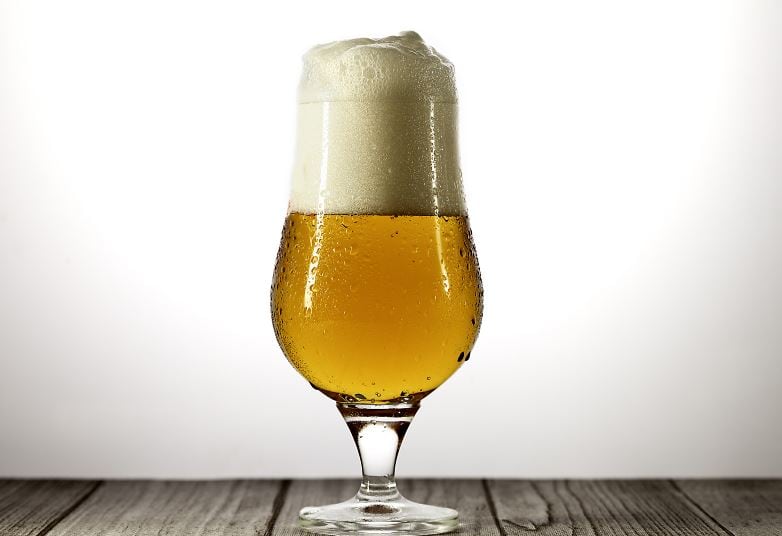There is a lot going on in the beer market, with many brands and formats to choose from. Whether craft, mainstream, world, premium, bottled, canned or draught.
Though choice is at a high, the number of draught brands on the bar has changed little in two years, with just one additional brand now being stocked on average, according to CGA OPM data for the four weeks to 24 February 2018.
In volume terms, premium draught beer is the hero, outperforming total beer volume sales and growing at 3.3% year on year, as stated by CGA OPM MAT to 24 February 2018. This also further indicates the continued premiumisation of the beer category.
Premium draught lager rate of sale is up 3.8% and, with a significant amount of interest in the category and a typically smaller range of choice, it represents a real opportunity for licensees.

A well-considered draught beer offering, therefore, should contain at least two products from this segment.
To put it into perspective, premium lagers contribute 23.6% of draught sales value but only represent 17% of the share of brands available on the bar.
“There is an opportunity for outlets to expand their offer, looking in particular towards the top-selling world beer brands,” according to Clare Moscrop, senior manager of category strategy at Diageo.
In order to optimise sales of draught beer, an outlet should consider the visibility of key brands as they are the first thing consumers see at the bar.
What to buy on the bar
Over 40% of customers decide what to buy primarily on what they see on the bar, Kantar Retail and Diageo Bar Research shows.
Licensees should ensure that they select a range that best suits their core market – but also offers variety and an opportunity to premiumise.
For instance, pairing an entry-level draught lager such as Carling, Foster’s or Carlsberg, alongside something different, at a slightly higher price point and with more flavour such as Hop House 13, will offer customers choice and a different experience.
That’s not where it ends though, as the delivery of the final pint also matters. Taste and quality are fundamental for punters, Join the Dots Decision Hierarchy Research for March 2018 shows.
“Outlets shouldn’t underestimate the importance of meeting consumer expectations of a perfect pint,” says Rob Poulter, on-trade consultant at Diageo.

“Glassware should be clean and cold and, where relevant, correctly branded. The product itself should be well maintained through good cellar management and line cleaning to ensure the final pint reaches the consumer at optimum freshness.”
Move behind the bar and it’s a different story; packaged products have seen a dip in volume and value sales, CGA OPM MAT to 24 February 2018 data shows, however, it remains an important segment.
Packaged products account for 9.2% of an outlet’s retail sales value and have the potential to offer more choice to customers looking for a different tipple.
Premium lager is also the hero of the fridge, accounting for 46.8% of packaged value sales, data from CGA OPM data for the four weeks to 24 February 2018 showed. But again is opportunity for outlets to increase the space allocated for this key segment that is often underrepresented.
‘Venue known for craft beers’
If your venue is known for craft beers, you can have more fun with your packaged beer curation, as there is less risk from wastage – the risk of opening one can or bottle pales in comparison to tapping a whole keg. Also, packaged beers have a relatively long shelf life if they are stored correctly.
“Stocking a good range of packaged lagers can appeal to a younger audience,” explains Moscrop, “and consumers of packaged are more likely to want to try new things – 89% versus 86% – of draught consumers, according to CGA Brandtrack data for February 2018.”
A good packaged range should include a mix of well-known brands (particularly within premium and world lagers), as well as products to tap into this desire to try new things.
This could be beers like the new Open Gate Brewery Pilsner, which provides an accessible gateway into more flavoursome beers and an opportunity to trade consumers up from mainstream lagers, through to local or seasonal products or more unusual brands or beer styles.

It is worth considering canned products as part of a packaged range. Although they represent just 5% of total packaged beer value sales currently, this format is growing 8% year on year and outperforming total packaged sales, according to CGA OPM MAT data to 24 February 2018.
Craft has de-stigmatised the use of the can format for high-quality beers and the trend has spread over from the US to our shores.
The format to thank for the uptick in growth is the 330ml can, which added £8.7m to packaged beer sales last year, the same CGA data showed.
Promote packaged products on chalkboards and with other displays so customers know what brands are available, what styles are there and how much products cost.
Remember to think about how your draught and packaged offering can work together. While operators may be inclined to focus on one over the other, it is important to note that stocking products in both packaged and draught can increase sales considerably, particularly in world lager, where rate of sale can be 10 times over, statistics from CGA’s Managed Volume Pool to March 2018 showed.
